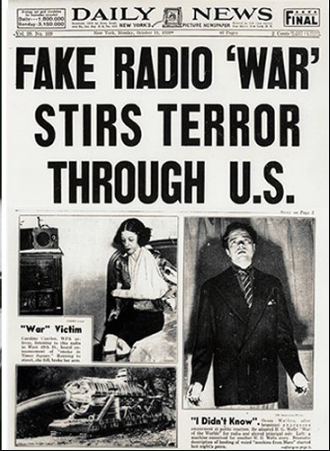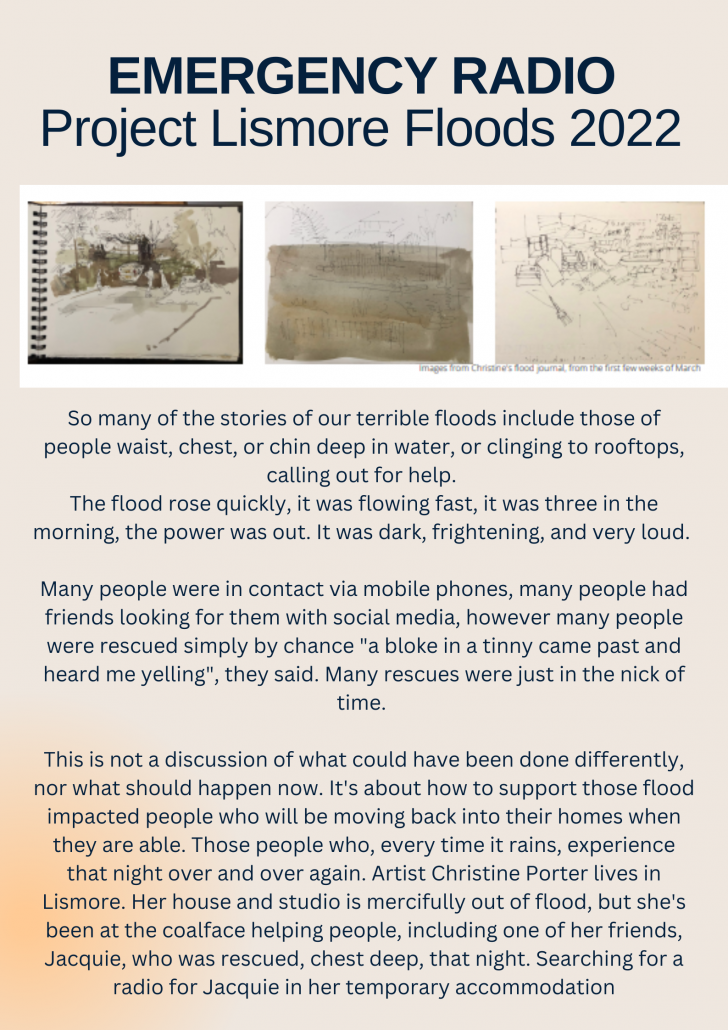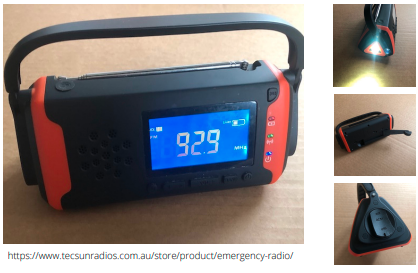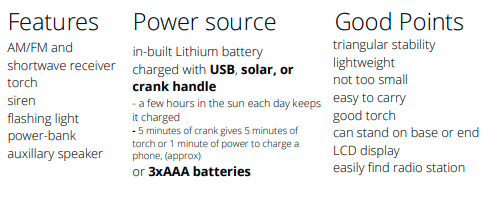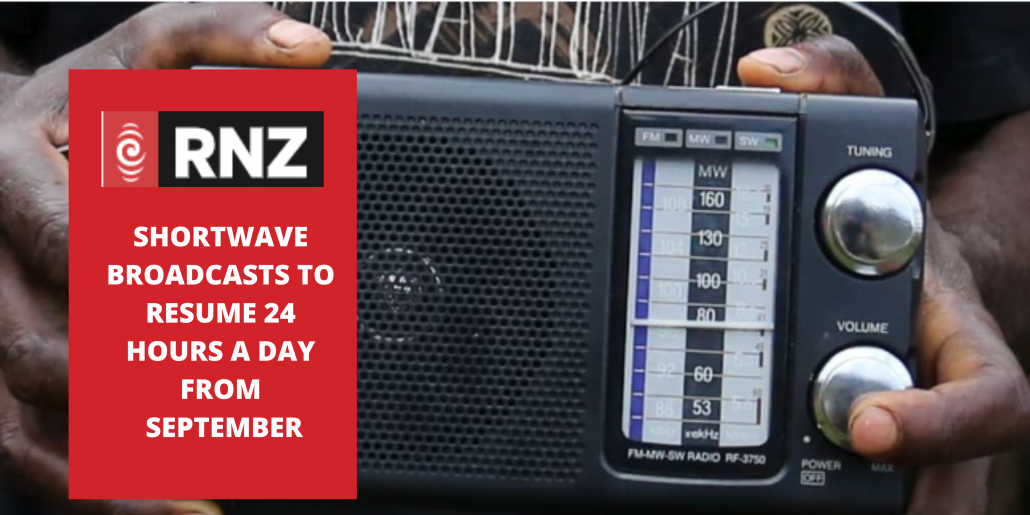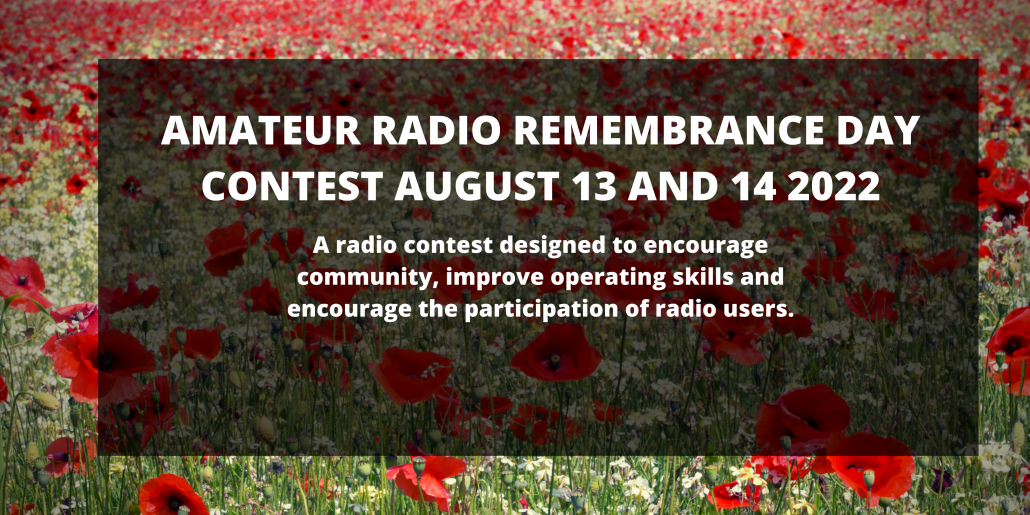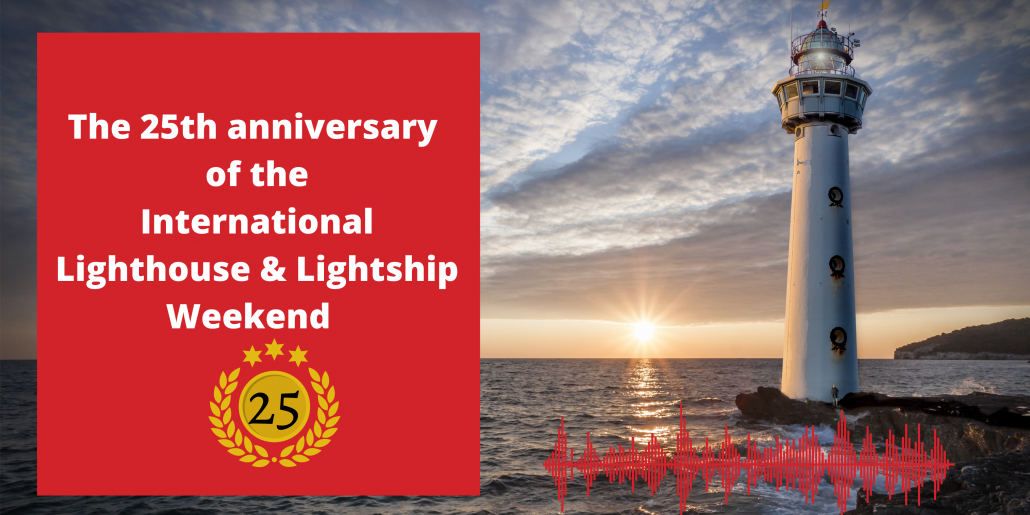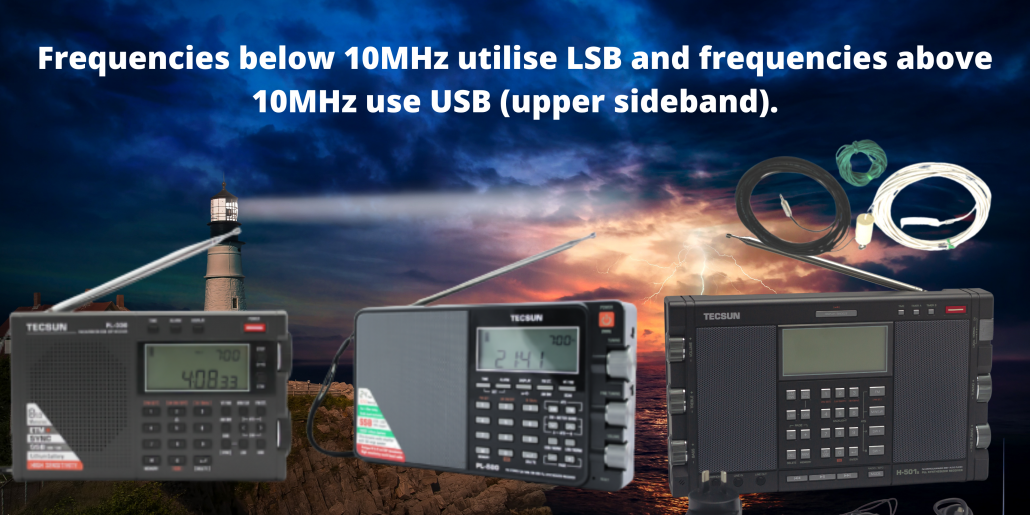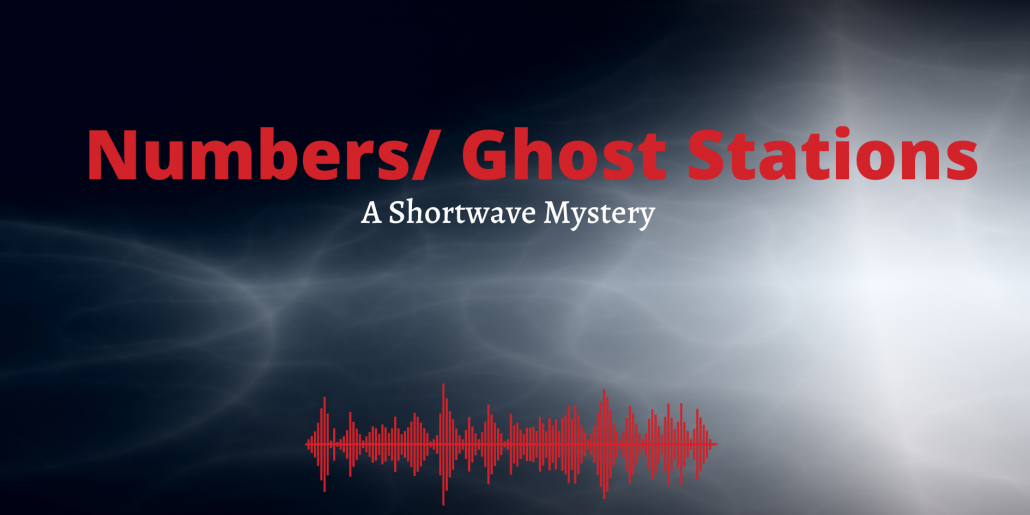
As we continue on from our letter to Dad, the next point our author makes is that “radio answers our desire to travel” It in fact safely satisfies the desire to explore, learn about new places and speak with new people, but this time from the comfort of your own home, and watchful eyes of parents!
“Amateur radio furnishes a safe outlet for this desire; flinging messages across thousands of miles of spaces, chatting with fellow amateurs in the far corners of the earth, sending the spoken word into faraway homes, exploring the mysteries of the ultra-short waves, all of these things spell thrilling adventure to the youth of today. Why that is the factor that makes the hobby so fascinating to the boys from seven to seventy. They are given a chance to do things which they never did before; they are permitted to talk to people whom they will never see. Amateur radio has given them a key to a “magic world” of modern science, and they revel in their esoteric delights.”
Further stating that it will give him his desire to work and earn money and stay focused on broadening his world while not leaving home.
His next point is that Amateur Radio is an Urge to Greater Scholastic Endeavours.
This is in response to the fathers concerns that this hobby is a distraction from his school and study. Our author explains that radio is actually a science that requires a high level of mathematics that goes beyond simple multiplication and subtraction.
“Jack will soon find himself up against formulae that will require a more than superficial acquaintance with the higher branches of mathematics. A knowledge of physics is nearly indispensable for the radio amateur. Light and sound are so closely related to electricity that a knowledge of the principles of all three should be in the mental quiver of the conscientious amateur. Chemistry, too, will prove to be a basic science for this new hobby. You have only to point out these facts to Jack and you will find him viewing these subjects with an entirely new interest. Encourage him to approach his hobby from a scientific angle. Make him desire to know the why as soon as he has learned the how. Let him learn the thrill of being able to forecast exactly how his apparatus will function even before he assembles the parts.”
Further to this point, the author emphasises that while the world is being opened up to young Jack through radio, he will in turn become more interested in news and events of the world, broadening his desire to learn and be more worldly. So in fact this hobby will not make him an introvert who shys away from study, chances are it will be the exact opposite.
The next point is quite amusing and titled No Danger of Son Becoming Radio “Nut”
This point is in response to Jack’s dad saying he wants Jack to stop this hobby before he becomes a “radio nut”
Our author starts by saying, I know what you mean, I have seen that individual, and I know what a bore he is. He then reassures him that based on his knowledge of the boy, the boy’s passion for outdoor sports, his talents in athletics, and the fact that Jack and his dad regularly go on fishing and hunting trips shows that the boy has a well balanced life and interests. In addition, the boy has a fantastic group of friends and an active social scene. He asks Jack’s dad, with all these extracurricular activities, do you fear Jack is unbalanced? If anything, simply because he is so active the hobby will be a good grounding factor. His opinion is that “the hobby will really balance up his life. At the present time, there is too strong an accent on the lazy, careless seeking entertainment. Nothing the boy does builds toward a definite achievement by which he can measure his progress. This new hobby will inject a note of serious study and painstaking construction into his present butterfly existence. His completed station will be something that he can show to his friends with that pleasant glow of pride which arises from a knowledge of work well done.”
Now there are only two points left that our ham operator wants to tell Jack’s dad.
This next one is a warning, that if you discourage the boy away from radio, you may be discouraging him away from science.
He titles it Dangers of Discouraging a Boy’s Scientific Interest
He warns that he himself would not like to be the person that is responsible for discouraging the boy away from science. He wonders, where might this interest take him in the world and mentions Edison’s interest in chemistry, Ford’s interest in machinery, and Marconi’s interest in radio,
which were all, at one time, hobbies.
“Perhaps this boyish liking for radio may be a signpost of the lad’s destiny. At least, it betokens a mental alertness, a healthy desire for knowledge on the part of Jack that I should welcome with the greatest happiness if I were his father. Give me a boy who asks questions, who experiments, and who takes a keen interest in his hobby. That boy has the foundation for a successful life. He is awake, and his brain “absorbs knowledge as a sponge does water”! I know some boys who go through life with a dull apathetic attitude that is entirely devoid of enthusiasm. Nothing stirs them; nothing arouses their interest. They have only scorn for others who become excited over a hobby. Would you prefer that Jack be one of those fellows ?”
Our letter finishes with a single worded heading that says Resume.
He tells the dad that from his observations of Jack that this hobby will only have a positive influence on his life and skills. He mentions that this letter comes from a place of compassion and honesty. That his son has picked up a hobby that will grow with him from a young man to an old man, forever learning, experimenting and feeling that sense of achievement and connection.
In his opinion, you couldn’t ask for a better hobby to have throughout life.
“From a simple knowledge of fundamental principles, the amateur can climb upward until he has mastered the intricacies of technical theory. From there, he can set forth, intrepidly into the unexplored reaches of its various fields. Radio is new enough that it holds forth unparalleled opportunities for the radio experimenter.
Ultra-short waves, television, power transmission, and pathological application are but a few of the many fields that beckon the experimenter”
The letter ends with…… There you are! My argument is complete! The decision is now in your hands. Will you permit that boy of yours to go ahead with his hobby?
This article does not mention what happens next. We will undertake some research to see if there is a follow up article, but truthfully… How could a dad say no to these arguments?

